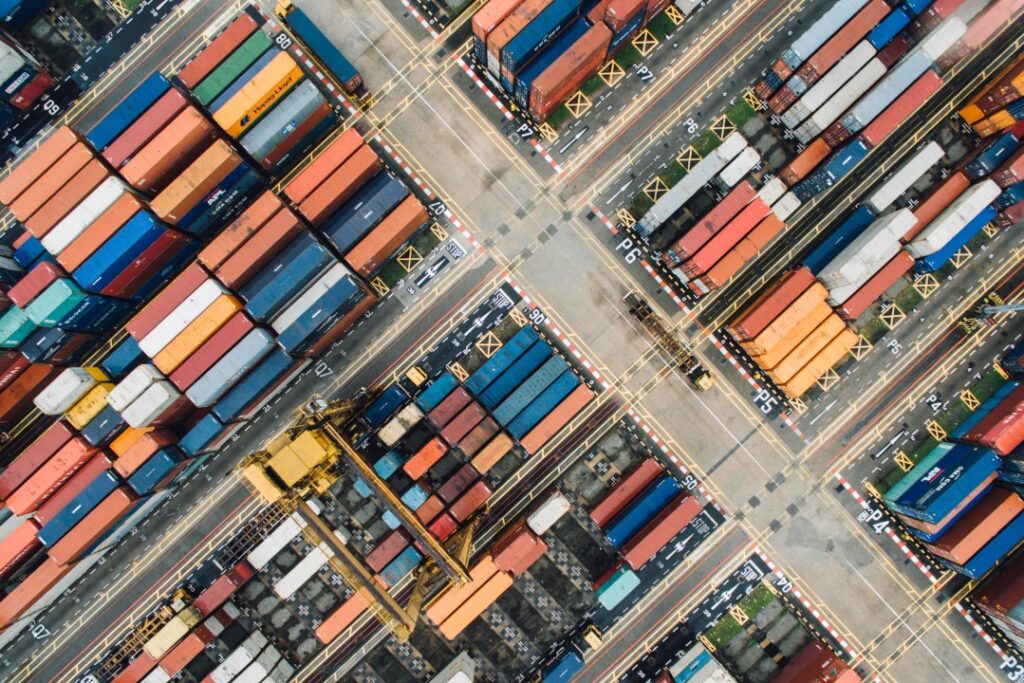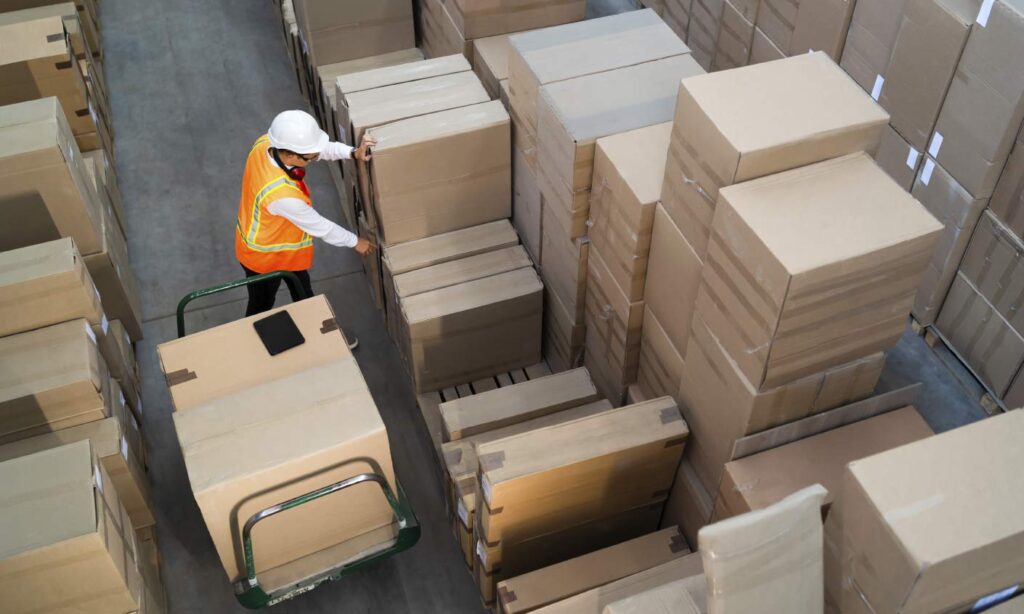Customs clearance plays a vital role in international trade as it ensures compliance with import and export regulations. By adopting streamlined customs clearance processes, businesses can avoid delays and reduce costs associated with international trade.
In this discussion, we will explore effective strategies for customs clearance, focusing on how they impact supply chain agility and profitability. We will provide useful tips and insights on how businesses can navigate the complex landscape of customs procedures to ensure a smooth and efficient clearance process.
What Is Customs Clearance?
Customs clearance is the official process of inspecting and verifying goods that are being imported or exported. Its purpose is to ensure that these goods comply with all the necessary legal requirements, including duties, taxes, and regulations. This step is crucial in international trade as it guarantees that the goods meet all the required standards before entering or leaving a country. Customs clearance involves various procedures that are designed to facilitate the smooth and efficient movement of goods across borders.
One important aspect of customs clearance involves customs brokers, who act as intermediaries between importers/exporters and customs authorities. These customs brokers have extensive knowledge of customs rules and regulations, which enables them to assist businesses in navigating through the complex customs process. They handle all the necessary documentation, submit the required forms, pay duties on behalf of their clients, and ensure compliance with all applicable laws.
The customs clearance process typically involves inspections conducted by customs officials to verify the accuracy of the declared information regarding the imported or exported goods. These inspections may include physical examinations, document checks, or laboratory testing, depending on the nature of the products involved.
Efficiency in customs clearance is vital for businesses, as any delays can result in increased costs due to storage fees or missed sales opportunities. To improve efficiency, it is important to streamline the documentation processes through electronic submission systems and implement risk-based approaches that prioritize higher-risk shipments while expediting low-risk ones. However, there are several challenges faced during this process, including varying regulatory requirements across countries, lack of harmonization among different customs authorities, outdated infrastructure at ports/airports, inadequate training for customs officials, and corruption.
Who Should Be Concerned About It?

Source: linkedin.com
When it comes to facilitating the smooth movement of goods across borders, it is important for the stakeholders involved to be aware of who needs to be concerned about efficient customs clearance. The efficiency of customs clearance is crucial for businesses that engage in international trade as it ensures the timely and cost-effective movement of goods across borders. Both exporters and importers should be concerned about efficient customs clearance in order to avoid delays, penalties, and additional costs.
Apart from exporters and importers, there are other key stakeholders that need to be concerned about efficient customs clearance. These include customs authorities, regulatory agencies, logistics providers, and financial institutions. Each of these stakeholders plays a critical role in ensuring compliance with customs regulations and facilitating the smooth flow of goods through the border.
| Stakeholder | Concerns |
| Exporters | Timely delivery of goods; Compliance with export regulations |
| Importers | Avoiding delays; Compliance with import regulations |
| Customs Authorities | Ensuring security; Collecting accurate duties and taxes |
| Regulatory Agencies | Enforcing trade laws; Protecting public health and safety |
| Logistics Providers | Streamlining supply chain; Minimizing transportation costs |
| Financial Institutions | Facilitating payment transactions; Managing risk |
Understanding the Customs Clearance Process
The process of customs clearance plays a crucial role in facilitating international trade. It ensures that goods can smoothly cross borders while adhering to the necessary laws and regulations. To provide guidance and assistance, customs agents, customs experts, or experienced customs brokers are often involved in this process.
To begin with, relevant documents such as invoices, packing lists, and shipping documents are submitted to the customs authorities. These documents contain information about the goods, their value, and their origin. Customs authorities then review these documents to determine if any additional information or documentation is needed.
Once all the necessary documents are submitted and verified, customs authorities assess the applicable duties, taxes, and fees on the imported goods based on their classification under specific tariff codes. It is important for businesses involved in international trade to stay updated with any changes or updates from customs authorities regarding tariffs or other regulations.
Efficient customs clearance is essential for the timely delivery of goods and for maintaining smooth supply chains. To further facilitate this process, businesses can seek assistance from trade information centers, which provide guidance on compliance requirements, duty rates, and import restrictions. By diligently understanding and adhering to these procedures, companies can ensure the seamless movement of goods across borders while complying with all relevant laws and regulations.
Customs Clearance Processes and Its Impact on Supply Chain Agility

Source: indianretailer.com
Customs clearance processes have a significant impact on the agility of supply chains. They enhance efficiency and reduce delays in the movement of goods across borders. Customs clearance is crucial for facilitating trade by ensuring compliance with regulations and facilitating the smooth flow of goods. When customs clearance systems are efficient, transit times are shorter, enabling businesses to respond quickly to customer demands.
Trade agreements and customs unions also contribute to supply chain agility by simplifying customs procedures among member countries. These agreements aim to harmonize customs regulations and reduce administrative burdens, resulting in faster border clearance. Freight forwarders and licensed customs brokers play a vital role in navigating complex customs procedures on behalf of importers and exporters, further enhancing supply chain agility.
However, non-compliance with customs regulations poses significant risks that can disrupt supply chains. Companies that fail to meet regulatory requirements may experience delays, fines, or even shipment rejections. Therefore, it is crucial for companies to prioritize compliance when engaging in cross-border trade.
Tips for Streamlining Customs Clearance Processes
To make the customs clearance process more efficient, it is a good idea to incorporate automated documentation systems. These systems can greatly improve the accuracy and speed of customs procedures by reducing errors and eliminating the need for paper forms.
Here are some tips for implementing automated documentation systems:
- Use electronic data interchange (EDI) technology: EDI enables the smooth exchange of information between different parties involved in customs, such as exporters, importers, and customs authorities. This results in faster processing times and fewer delays caused by manual data entry.
- Introduce classification software: Classification is an important step in determining the duties and tariffs applicable to imported goods. Automated classification software uses algorithms to assign product codes accurately based on specific criteria, ensuring compliance with customs regulations.
- Make use of shipping automation platforms: Shipping automation platforms integrate with various carriers and logistics providers to streamline shipping processes. These platforms automate tasks like generating shipping labels, calculating duties and taxes, and submitting electronic declarations to customs authorities.
How Does Customs Clearance Affect Profitability

Source: supplychainmanagement.utk.edu
Customs clearance procedures can greatly impact the profitability of businesses. By streamlining these procedures, companies can reduce costs and prevent delays in the movement of goods across borders. Efficient customs clearance is crucial for managing international shipping and ensuring a smooth supply chain.
One way that efficient customs clearance improves profitability is by reducing costs associated with tariffs and duties. By accurately classifying goods, businesses can ensure that they are subject to the correct tariff rates. This prevents overpayment and avoids penalties or delays due to incorrect classification.
Efficient customs clearance also eliminates unnecessary delays at border crossings, allowing for faster movement of goods. Delays can lead to increased storage costs, missed delivery deadlines, and unhappy customers. Implementing strategies like pre-clearance programs or advanced technology solutions can expedite the process and reduce these risks.
Furthermore, efficient customs clearance positively impacts overall supply chain performance. It improves inventory management, reduces lead times, enhances visibility into shipment status, and promotes coordination among stakeholders involved in international trade.
To achieve efficient customs clearance, collaboration between businesses and government agencies is crucial. Governments play a vital role in establishing clear regulations and providing the necessary infrastructure to support streamlined procedures. Businesses must invest in robust compliance systems and stay updated with changing regulations to ensure smooth operations across borders.
Ensuring a Smooth Customs Clearance Process for Businesses

Source: logisber.com
Collaboration between businesses and government agencies is crucial for ensuring a smooth customs clearance process for businesses. By working together, both parties can streamline procedures and minimize delays and disruptions that may occur during import or export activities.
Some key strategies to ensure an efficient customs clearance process include:
- Preparing accurate and complete documentation: Properly completing all required paperwork, including invoices, bills of lading, and certificates of origin, is essential for expediting the customs clearance process.
- Utilizing technology: Adopting electronic systems such as automated customs clearance platforms can significantly reduce processing times by facilitating data exchange between businesses and government agencies.
- Complying with export regulations: Understanding and adhering to the specific export regulations of each country of origin is crucial to prevent complications or penalties during the customs clearance process.
Efficient collaboration between businesses and government agencies allows for effective communication and coordination in addressing any potential issues that may arise. This collaborative effort helps to ensure that products are delivered to the customer on time while maintaining competitive prices.
Government agencies, such as US Customs and Border Protection, play a vital role in enforcing tariff rates, verifying product origins, and enforcing export regulations. By working closely with these agencies, businesses can navigate the complexities of international trade more effectively, leading to smoother customs clearance processes.


